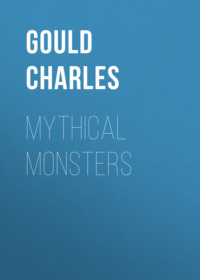Читайте только на Литрес
Книгу нельзя скачать файлом, но можно читать в нашем приложении или онлайн на сайте.
Читать книгу: «Mythical Monsters», страница 17
Что-то пошло не так, попробуйте зайти позже
5,0
1 оценка
Покупайте книги и получайте бонусы в Литрес, Читай-городе и Буквоеде.
Участвовать в бонусной программеЖанры и теги
Возрастное ограничение:
12+Дата выхода на Литрес:
28 сентября 2017Объем:
501 стр. 102 иллюстрацииПравообладатель:
Public Domain
